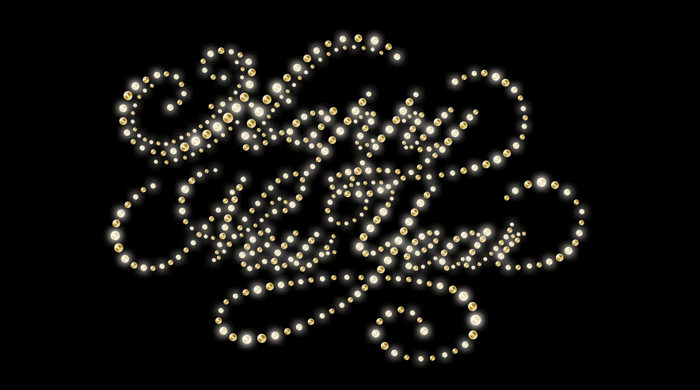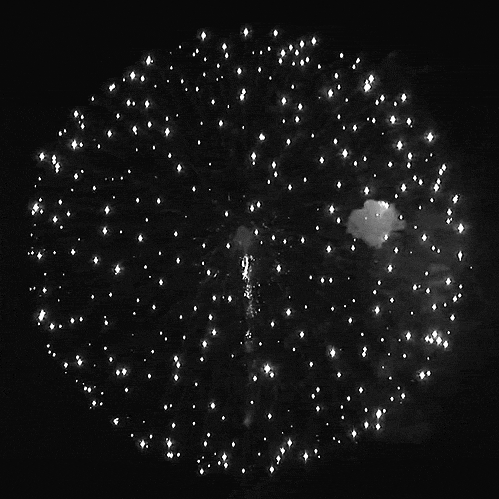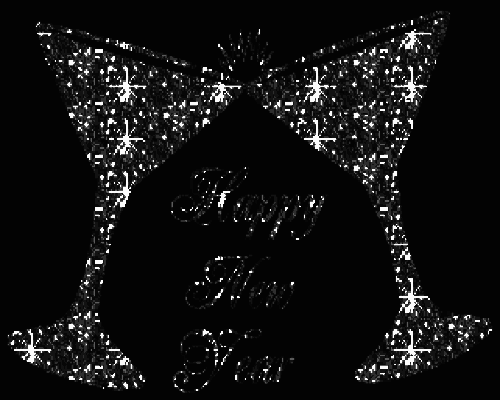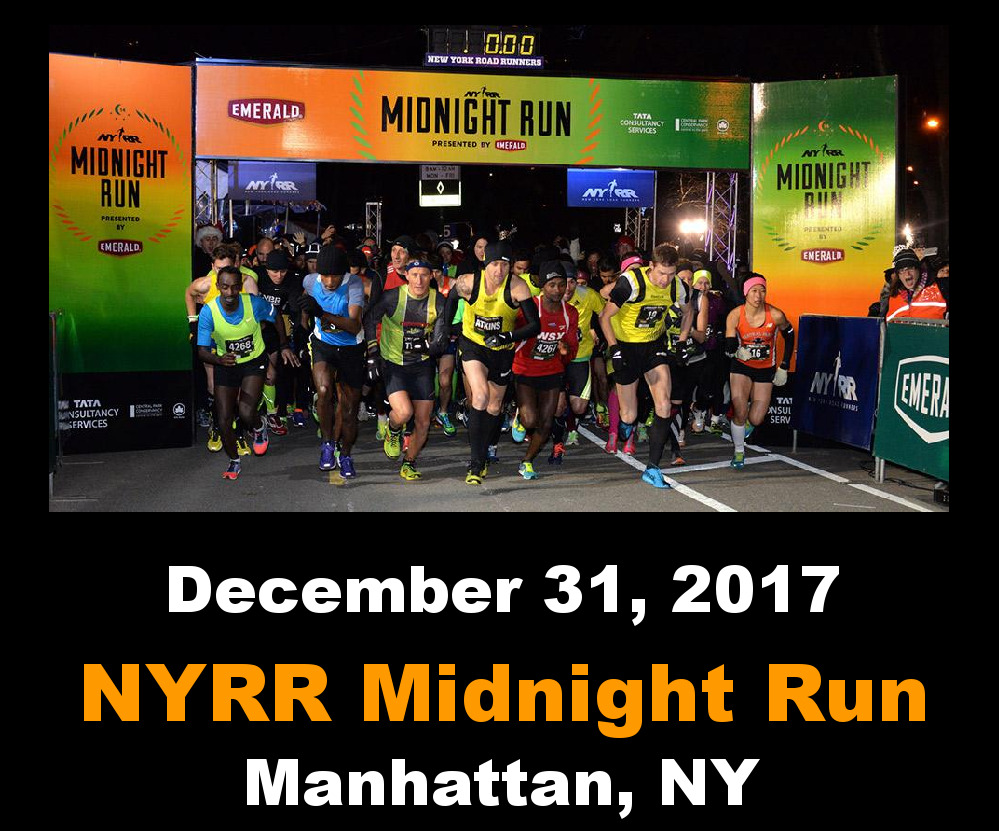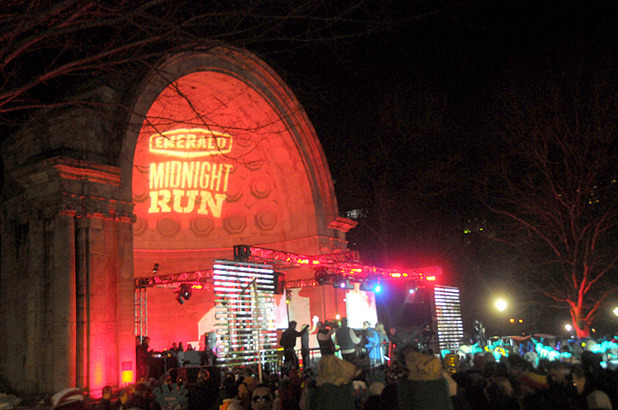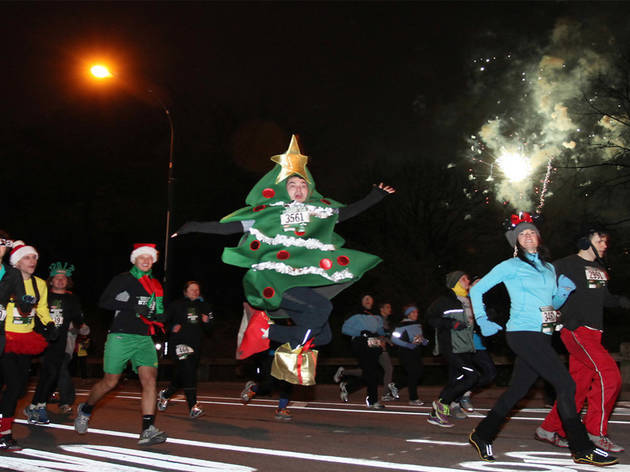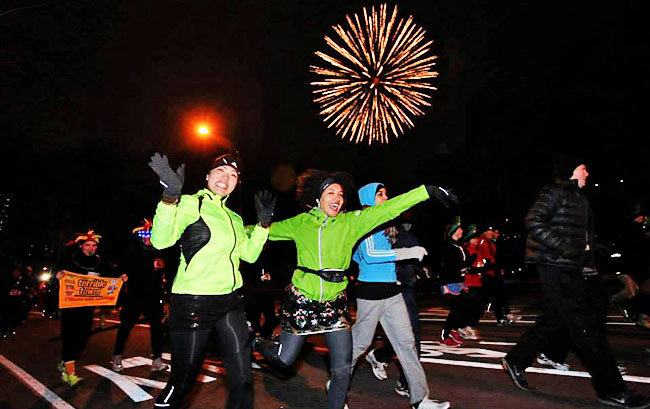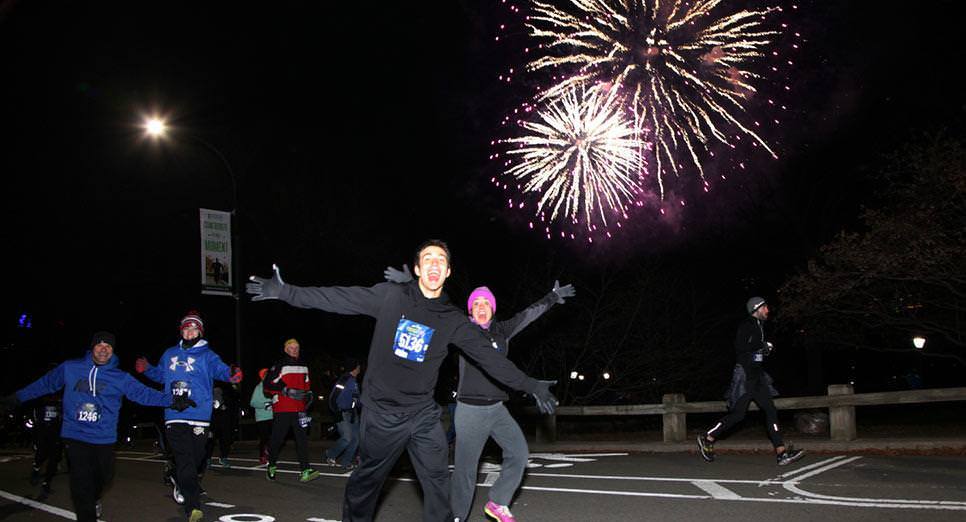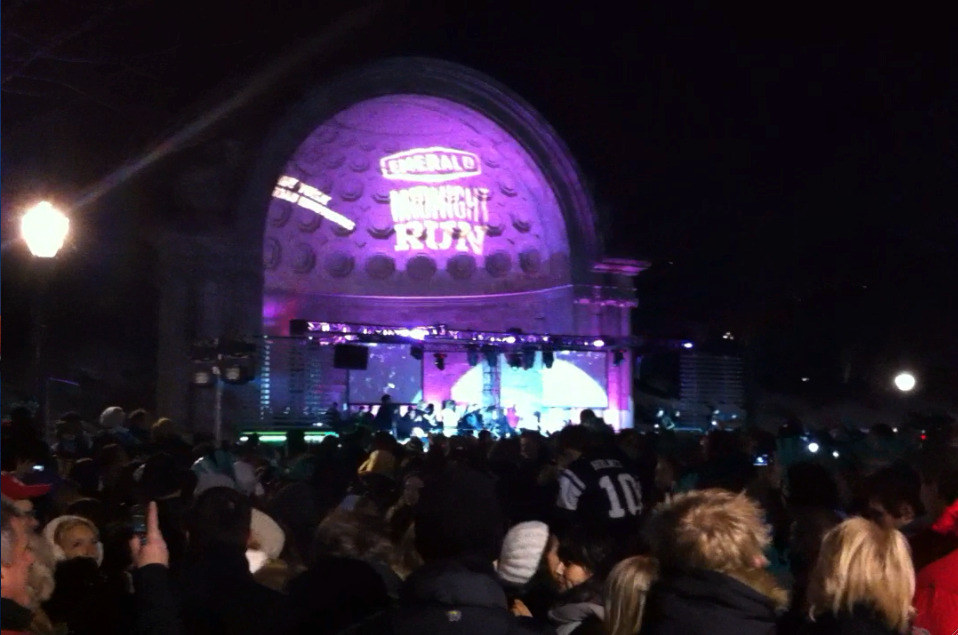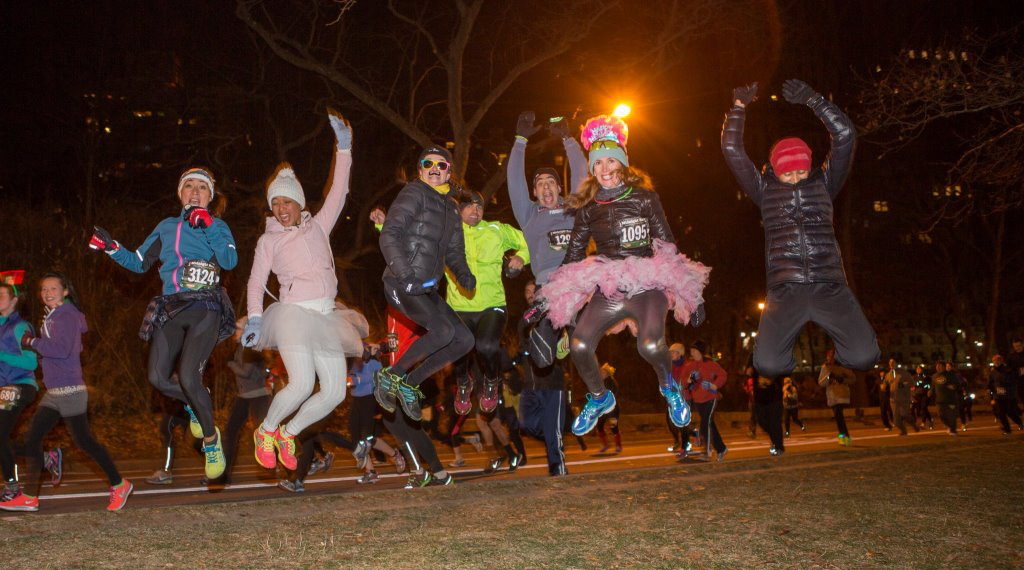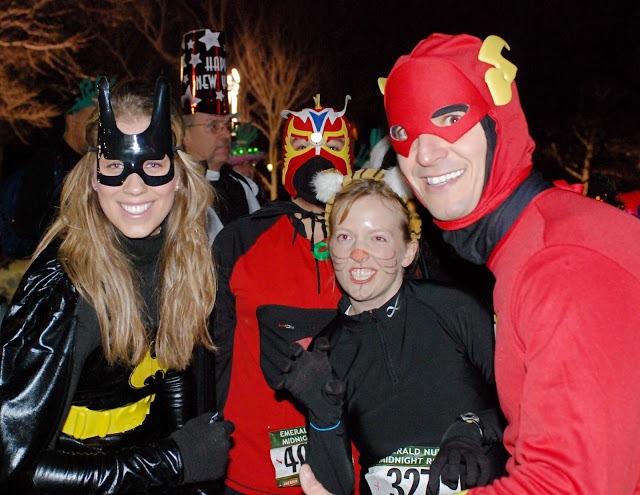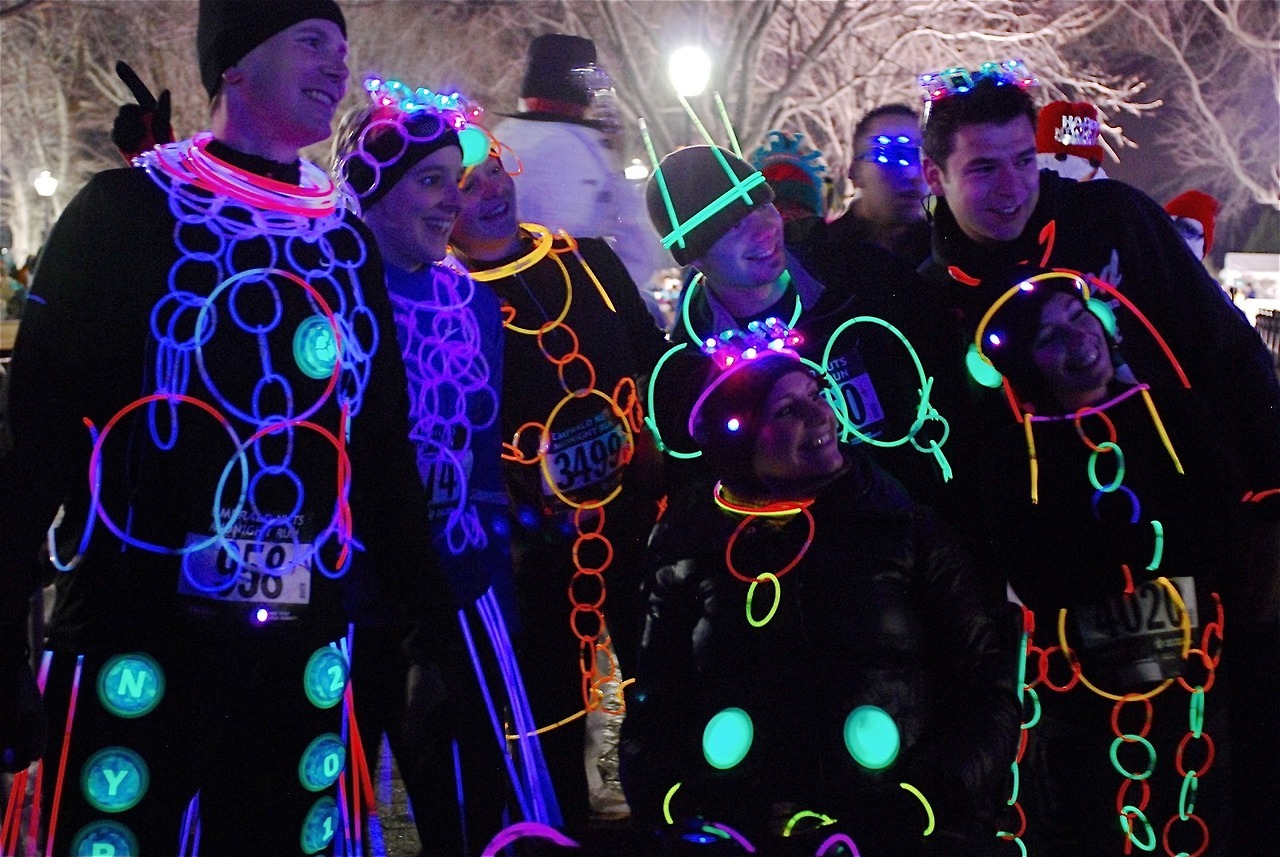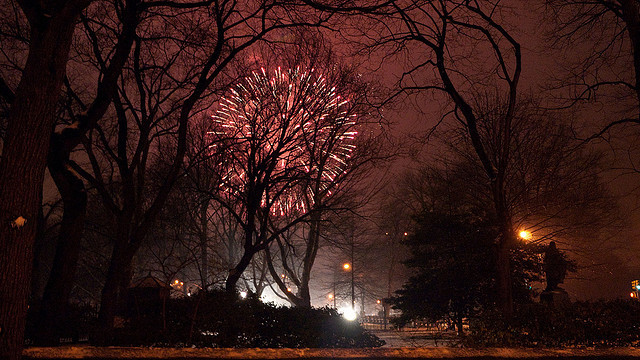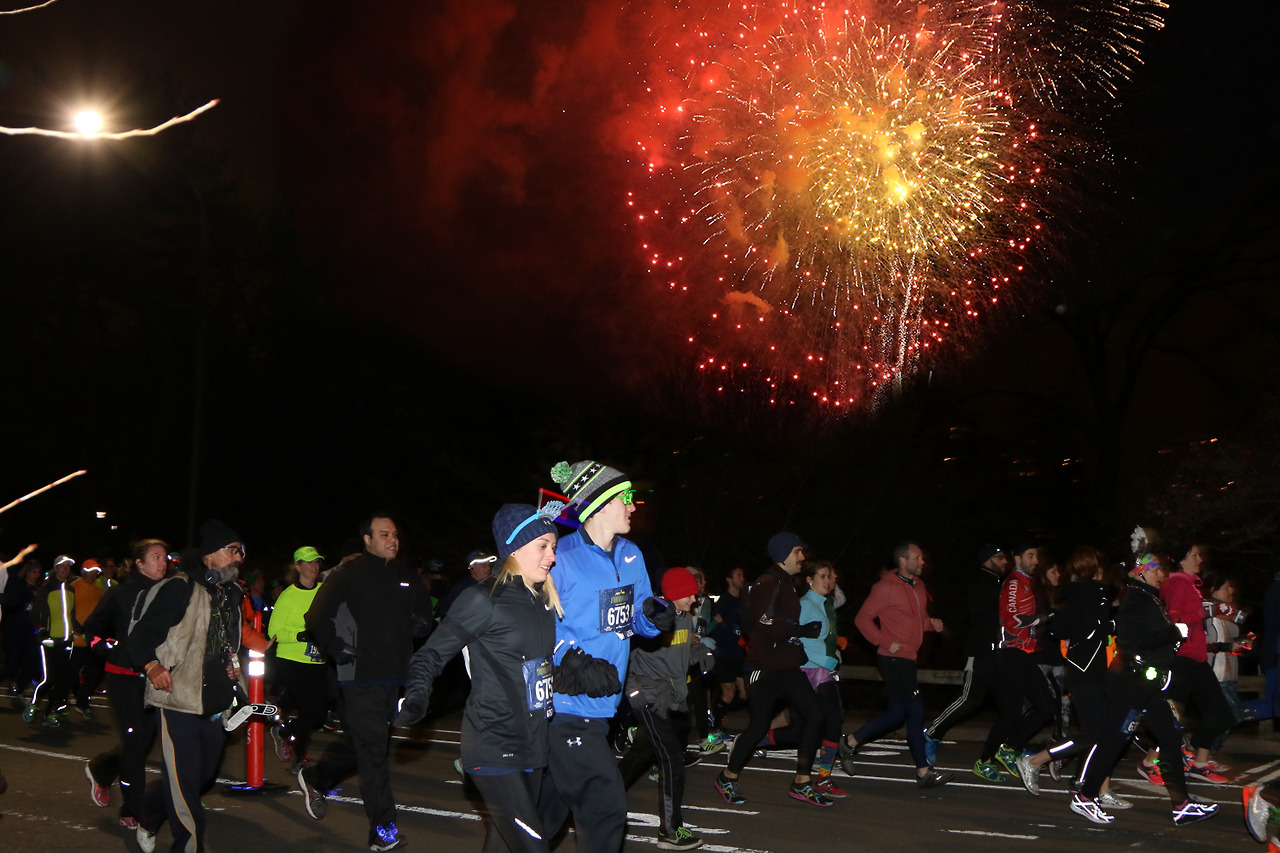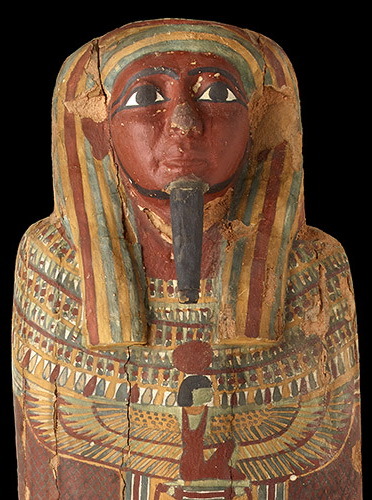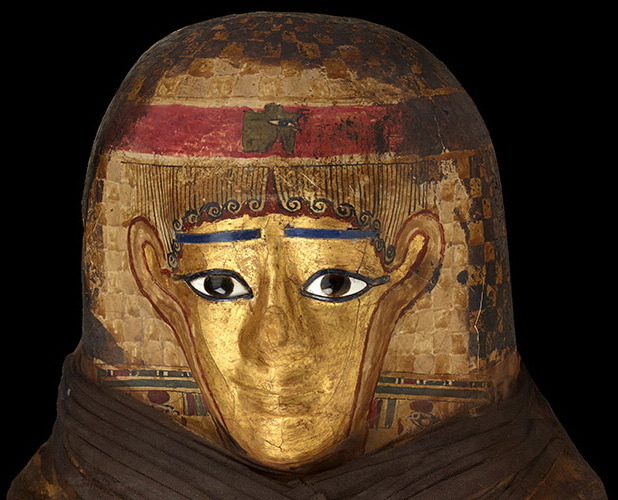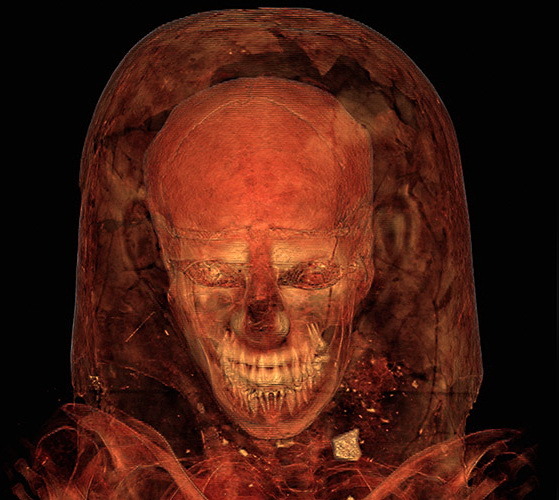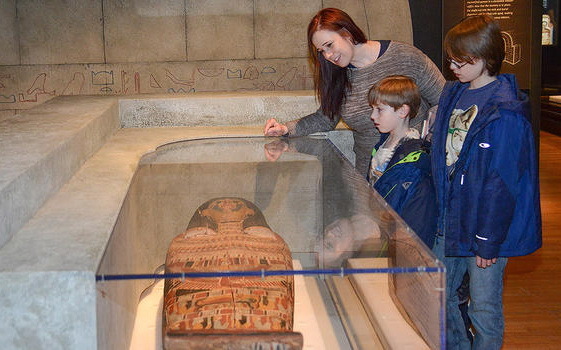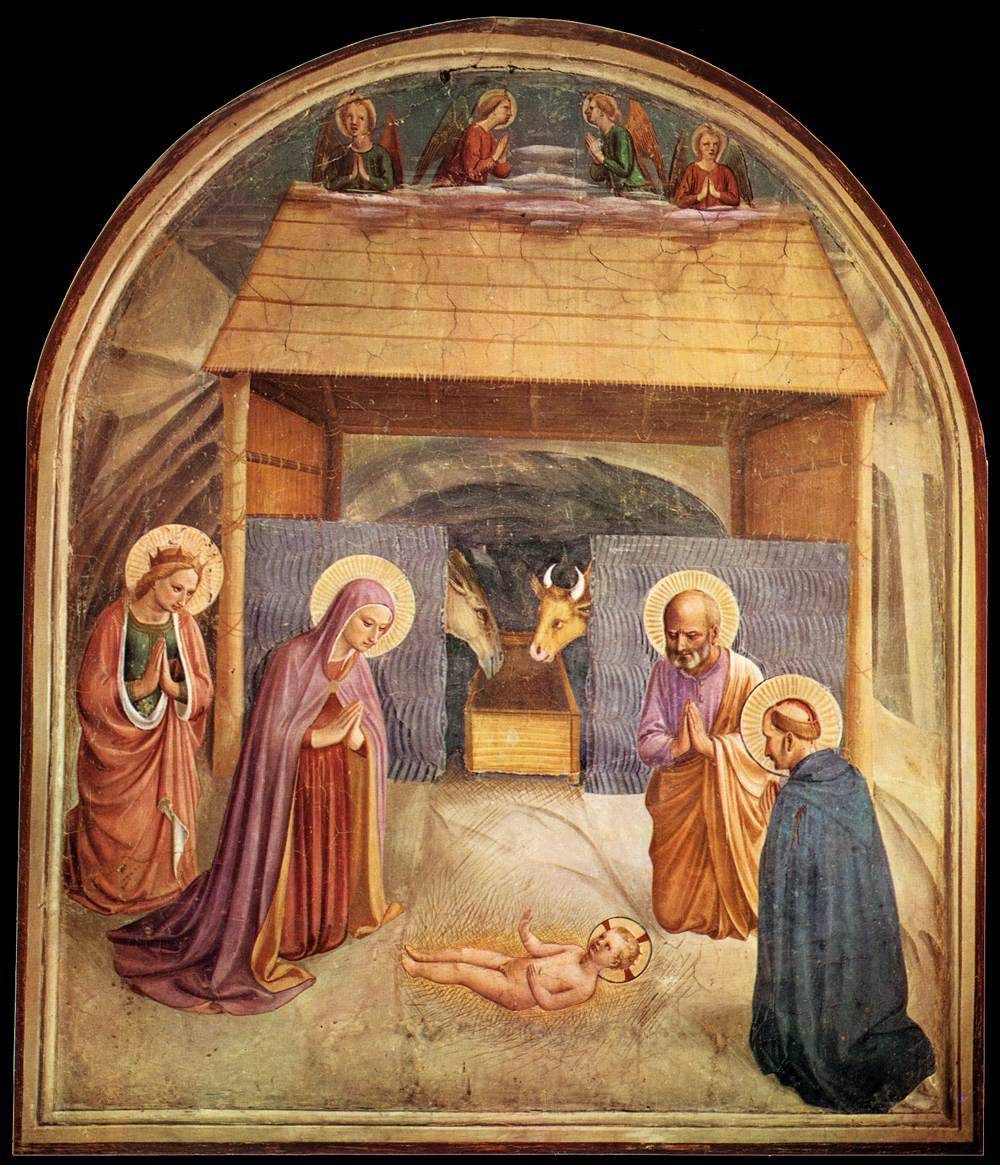The 21 Best Movies of 2017
From Lady Bird and Dunkirk to Get Out and The Big Sick, it was an extraordinary year at the movies.
In the introduction to her review anthology For Keeps: 30 Years at the Movies, the legendary film critic Pauline Kael wrote, “I’m frequently asked why I don’t write my memoirs. I think I have.” She meant what most movie critics realize at some point: that reading your past reviews and revisiting the lists of films you liked most during the year reveals not just something about a particular year in cinema, but something about you as well.
That’s the feeling I get constructing my list of the best films of 2017, a year that overflowed with great films in every genre, from horror and romantic comedy to documentary and arthouse drama. Some of the films on my list have commonalities — ghosts, meditations on memory and interpersonal connection, and women who refuse to behave — but mostly they underscore just how vibrant cinema remains as an art form, even in the midst of massive cultural shifts in the industry and beyond. And it is a keen reminder to me of all the 2017 conversations I’ve had around and at the movies — and the ways I will never be the same.
Here are my top 21 films of 2017, with 14 honorable mentions.
I am as shocked as anyone that a Star Wars movie found its way onto my list — but I was bowled over by The Last Jedi, which may be one of the series’ best. In the hands of writer-director Rian Johnson (who will also oversee a new Star Wars trilogy), The Last Jedi
is beautiful to look at and keeps its eye on the relationships between
characters and how they communicate with one another, in addition to the
bigger galactic story. The same characters are back, but they seem
infused with new life, and the galaxy with a new kind of hope. The
movie’s best details are in the strong bonds that develop between
characters, and I left the film with the realization that for the first
time in my life, I loved a Star Wars movie. Now I understand the magic.
The unusual documentary Faces Places (in French, Visages Villages)
turns on the friendship between the accomplished street artist JR and
legendary film director Agnès Varda, whose work was central to the
development of the French New Wave movement. The pair (whose difference
in age is 55 years) met after years of admiring each other’s work and
decided to create a documentary portrait of France — by making a number
of actual portraits. The film chronicles a leg of the "Inside Outside
Project," a roving art initiative in which JR makes enormous portraits
of people he meets and pastes them onto buildings and walls. In the
film, Varda joins him, and as they talk to people around the country,
they grow in their understanding of themselves and of each other. The
development of their friendship, which is both affectionate and mutually
sharpening, forms Faces Places’ emotional center.
Ingrid Goes West is a twisted and dark comedy
— part addiction narrative, part stalker story — and yet it’s set in a
world that’s almost pathologically cheery: the glossy, sunny,
nourishing, superfood- and superlative-loving universe of Instagram
celebrity. But despite Ingrid Goes West’s spot-on take on that
world, the best thing about the film is that it refuses to traffic in
lazy buzzwords and easy skewering, particularly at the expense of young
women. Instead, the movie conveys that behind every Instagram image and
meltdown is a real person, with real insecurities, real feelings, and
real problems. And it recognizes that living a life performed in public
can be its own kind of self-deluding prison.
Lady Macbeth
is no placid costume drama. Adapted from an 1865 Russian novella by
Nikolai Leskov, the movie follows Katherine (the astounding Florence
Pugh), a woman in the Lady Macbeth line characterized by a potent
cocktail of very few scruples and a lot of determination. She's a
chilling avatar for the ways that class and privilege — both obvious and
hidden — insulate some people from the consequences of their actions
while damning others. Lady Macbeth is also a dazzling
directorial debut from William Oldroyd, a thrilling combination of sex,
murder, intrigue, and power plays. It’s visually stunning, each frame
composed so carefully and deliberately that the wildness and danger
roiling just below the surface feels even more frightening. Each scene
ratchets up the tension to an explosive, chilling end.
17) BPM (Beats Per Minute)
BPM (Beats Per Minute) is a remarkably tender
and stirring story of the Paris chapter of ACT UP, an AIDS activism
group, and the young people who found themselves caught in the
crosshairs of the AIDS crisis in the early 1990s. The film follows both
the group's actions and the individual members’ shifting relationships
to one another — enemies becoming friends, friends becoming lovers,
lovers becoming caretakers — as well as their struggles with the disease
wracking their community. As an account of the period, it’s riveting;
as an exploration of life and love set at the urgent intersection of the
political and the personal, it’s devastating.
Few 2017 movies could top the charm and tenderness of The Big Sick, which hits all the right romantic comedy notes with one unusual distinction: It feels like real life. That’s probably because The Big Sick is written by real-life married couple Emily V. Gordon and Silicon Valley's Kumail Nanjiani, and based on their real-life romance. The Big Sick
— which stars Nanjiani as a version of himself, alongside Zoe Kazan as
Emily — is funny and sweet while not backing away from matters that
romantic comedies don’t usually touch on, like serious illness,
struggles in long-term marriages, and religion. As it tells the couple’s
story, which takes a serious turn when Emily falls ill with a
mysterious infection and her parents (played by Holly Hunter and Ray
Romano) come to town, it becomes a funny and wise story about real love.
There’s so much pulsing beneath the surface of Mother!
that it’s hard to grab on to just one theme as what it “means.” It’s
full-on apocalyptic fiction, and like all stories of apocalypse, it’s
intended to draw back the veil on reality and show us what’s really
beneath. And this movie gets wild: If its gleeful cracking apart of
traditional theologies doesn’t get you (there’s a lot of Catholic folk
imagery here, complete with an Ash Wednesday-like mud smearing on the
foreheads of the faithful), its bonkers scenes of chaos probably will. Mother!
is a movie designed to provoke fury, ecstasy, madness, catharsis, and
more than a little awe. Watching it, and then participating in the
flurry of arguments and discussions unpacking it, was among my best
moviegoing experiences of 2017.
Director David Lowery filmed A Ghost Story
in secret, then premiered it at the Sundance Film Festival to critical
acclaim. The movie starts out being about a grieving widow (Rooney Mara)
trying to live through the pain of losing her beloved husband, but it
soon shifts focus to the ghost of her husband (Casey Affleck, covered in
a sheet), evolving into a compelling rumination on the nature of time,
memory, history, and the universe. Bathed in warm humor and wistful
longing, it's a film that stays with you long after it’s over, a
lingering reminder of the inextricable link between love and place.
Winner of the Palme d’Or at the 2017 Cannes Film Festival, The Square
is a hilariously needling comedy about the contemporary art world, as
well as the kind of idealistic liberalism that is tough to maintain in
the face of real problems. The outstanding Claes Bang stars as
Christian, a curator whose cluelessness leads him into some outlandishly
rough spots, with Elisabeth Moss in a too-short but brilliant part as
an American journalist who won’t let him get away with his shenanigans.
It’s a heady film with a lot of ideas ricocheting around — and a lot
of uncomfortable satire — but if you (like me) are the sort of viewer
who loves that stuff, its sly jabs at the veneer of civilization that
keeps the social contract intact are intoxicating.
Dunkirk,
a true cinematic achievement from acclaimed director Christopher Nolan,
backs off conventional notions of narrative and chronology as much as
possible, while leaning headfirst into everything else that makes a
movie a visceral work of art aimed at the senses: the images, the
sounds, the scale, the swelling vibrations of it all. You can’t smell
the sea spray, but your brain may trick you into thinking you can.
Nolan’s camera pushes the edges of the screen as far as it can as Dunkirk
engulfs the audience in something that feels like a lot more than a war
movie. It’s a symphony for the brave and broken, and it resolves in a
major key — but one with an undercurrent of sorrow, and of sober
warning. Courage in the face of danger is not just for characters in
movies.
11) Rat Film
Rat Film is about rats, yes — and rat poison
experts and rat hunters and people who keep rats as pets. But it’s also
about the history of eugenics, dubious science, “redlining,”
and segregated housing in Baltimore. All these pieces come together to
form one big essay, where the meaning of each vignette only becomes
clearer in light of the whole. It’s a fast-paced, no-holds-barred
exploration of a damning history, and it accrues meaning as the images,
sounds, and text pile up.
A Quiet Passion
is technically a biographical film about Emily Dickinson, but it
transcends its genre to become something more like poetry. It’s a
perplexing and challenging film, crafted without the traditional
guardrails that guide most biographical movies — dates, times, major
accomplishments, and so on. Time slips away in the film almost
imperceptibly, and the narrative arc doesn’t yield easily to the viewer.
Cynthia Nixon plays Emily Dickinson, whose poetry and life is a perfect
match for the signature style of director Terence Davies: rich in
detail, deeply enigmatic, and weighed down with a kind of sparkling,
joy-tinged sorrow. A Quiet Passion is a portrait, both visual
and narrative, of the kind of saint most modern people can understand:
one who is certain of her uncertainty, and yearning to walk the path on
which her passion and longing meet.
9) Columbus
Columbus is a stunner of a debut from video
essayist turned director Kogonada. Haley Lu Richardson stars as Casey, a
young woman living in Columbus, Indiana, who cares for her mother,
works at a library, and harbors a passion for architecture. (Columbus is
a mecca for modernist architecture scholars and enthusiasts.) When a
visiting architecture scholar falls into a coma in Columbus, his
estranged son Jin (John Cho) arrives to wait for him and strikes up a
friendship with Casey, who starts to show him her favorite buildings.
The two begin to unlock something in each other that’s hard to define
but life-changing for both. Columbus is beautiful and subtle, letting us feel how the places we build and the people we let near us move and mold us.
Sean Baker’s The Florida Project unfolds
at first like a series of sketches about the characters who live in a
purple-painted, $35-a-night motel called the Magic Castle down the
street from Disney World. The film is held together by the hysterical
antics of a kid named Moonee and her pack of young friends, as well as
long-suffering hotel manager Bobby (a splendid, warm Willem Dafoe), who
tries to put up with it all while keeping some kind of order. But as The Florida Project
goes on, a narrative starts to form, one that chronicles with
heartbreaking attention the sort of dilemmas that face poor parents and
their children in America, and the broken systems that try to cope with
impossible situations.
Luca Guadagnino’s gorgeous film Call Me by Your Name adapts André Aciman’s 2007 novel
about a precocious 17-year-old named Elio (Timothée Chalamet), who
falls in lust and love with his father’s 24-year-old graduate student
Oliver (Armie Hammer). It’s remarkable for how it turns literature into
pure cinema, all emotion and image and heady sensation. Set in 1983 in
Northern Italy, Call Me by Your Name is less
about coming out than coming of age, but it also captures a particular
sort of love that’s equal parts passion and torment, a kind of
irrational heart fire that opens a gate into something longer-lasting.
The film is a lush, heady experience for the body, but it’s also an
arousal for the soul.
6) Personal Shopper
In her second collaboration with French director Olivier Assayas,
Kristen Stewart plays a personal shopper to a wealthy socialite, with a
sideline as an amateur ghost hunter who’s searching for her dead twin
brother. Personal Shopper is deeper than it seems at first
blush, a meditation on grief and an exploration of “between” places — on
the fringes of wealth, and in the space between life and death. Some
souls are linked in a way that can’t be shaken, and whether or not
there’s an afterlife doesn’t change the fact that we see and sense them
everywhere. (Personal Shopper also has one of the tensest extended scenes involving text messaging ever seen onscreen.)
5) Princess Cyd
Stephen Cone is a master of small, carefully realized filmmaking; his earlier films such as The Wise Kids and Henry Gamble’s Birthday Party
combine an unusual level of empathy for his characters with an unusual
combination of interests: love, desire, sexual awakenings, and religion.
Princess Cyd is his most accomplished film yet, about a young woman named Cyd (Jessie Pinnick) who finds herself attracted to Katie (Malic White), a barista, while visiting her Aunt Miranda (Rebecca Spence,
playing a character modeled on the author Marilynne Robinson) in
Chicago. As she works through her own sexual awakening with Katie, Cyd
unwinds some of the ways Miranda’s life has gotten too safe. They
provoke each other while forming a bond and being prodded toward a
bigger understanding of the world. It is a graceful and honest film, and
it feels like a modest miracle.
Racism is sinister, frightening, and deadly. But Get Out (a stunning directorial debut from Key & Peele's
Jordan Peele) isn’t about the blatantly, obviously scary kind of racism
— burning crosses and lynchings and snarling hate. Instead, it’s
interested in showing how the parts of racism that try to be
aggressively unscary are just as horrifying, and it’s interested in
making us feel that horror in a visceral, bodily way. In the tradition
of the best classic social thrillers, Get Out takes a topic
that is often approached cerebrally — casual racism — and turns it into
something you feel in your tummy. And it does it with a wicked sense of
humor.
3) The Work
The Work is an outstanding, astonishing
accomplishment and a viewing experience that will leave you shaken (but
in a good way). At Folsom Prison in California, incarcerated men
regularly participate in group therapy, and each year other men from the
“outside” apply to participate in an intense four-day period of group
therapy alongside Folsom’s inmates. The Work spends almost all
of its time inside the room where that therapy happens, observing the
strong, visceral, and sometimes violent emotions the men feel as they
expose the hurt and raw nerves that have shaped how they encounter the
world. Watching is not always easy, but by letting us peek in, the film
invites viewers to become part of the experience — as if we, too, are
being asked to let go.
2) Ex Libris
Frederick Wiseman is one of the towering giants of
nonfiction film, a keen observer of American institutions — ranging from
prisons to dance companies to welfare offices — for the past
half-century. Ex Libris is his mesmerizing look at the New York
Public Library and the many functions it fills, which go far beyond
housing books. Wiseman works in the observational mode, which means his
films contain no captions, dates, or talking-head interviews: We just
see what his camera captured, which in this case includes community
meetings, benefit dinners, after-school programs, readings with authors
and scholars (including Richard Dawkins and Ta-Nehisi Coates), and NYPL
patrons going about their business in the library’s branches all over
the city. The result is almost hypnotic and, perhaps surprisingly,
deeply moving. It makes a case for having faith in the public
institutions where ordinary people work — away from the limelight,
without trying to score political points — in order to make our
communities truly better.
Lady Bird topped my list almost instantly, and
only rose in my estimation on repeated viewings. For many who saw it
(including me), it felt like a movie made not just for but about me. Lady Bird
is a masterful, exquisite coming-of-age comedy starring the great
Saoirse Ronan as Christine — or “Lady Bird,” as she’s re-christened
herself — and it’s as funny, smart, and filled with yearning as its
heroine. Writer-director Greta Gerwig made the film as an act of love,
not just toward her hometown of Sacramento but also toward girlhood, and
toward the feeling of always being on the outside of wherever real life
is happening. Lady Bird is the rare movie that manages to be
affectionate, entertaining, hilarious, witty, and confident. And one
line from it struck me as the guiding principle of many of the year’s
best films: “Don’t you think they are the same thing? Love, and
attention?”
Honorable mentions: Marjorie Prime, Phantom Thread, Casting JonBenet, The Post, The Shape of Water, Logan Lucky, I, Tonya, The Lost City of Z, Graduation, Spettacolo, Loveless, Restless Creature: Wendy Whelan, In Transit, The Reagan Show
CLICK HERE for More + Video Trailers:


